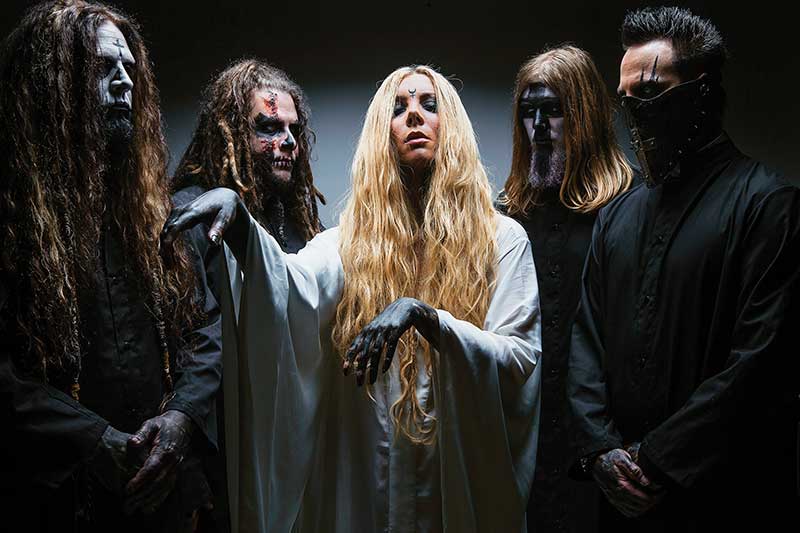



“Look at Snapchat for example, users are taking those photos to communicate, rather than to remember.” “Many times people are taking photos – not to serve as a later memory cue, but rather to say this is how I’m feeling right here, right now,” says Henkel. While older adults adopting digital cameras tend to use them as memory tools, younger generations tend to use the photos taken on them as a means of communication. Research has confirmed what many of us suspect – that the primary role of photography has shifted from commemorating special events and remembering family life, to a way of communicating to our peers, forming our own identity, and bolstering social bonds. I happened to have my camera with me.But the shift from film to digital has also changed why we take photos and how we use them. We had wrapped and everybody was sitting on the train, going home, basically. Though to some eyes it may carry shadows of Schlink’s book, “for me,” Deakins says, “that picture had nothing to do with the making of the film, or the subject of the film, or what we’d done that day. The picture of the hands, outside the window of a vintage train they had been using for filming, was one of those moments. Although Deakins says he often used a still camera to take photographs of locations or to plan lighting rigs for particular scenes, occasionally, off duty and off set, he returned to his first vocation, just looking for little moments that captured his attention. They take their place alongside images such as this one, which was taken on the set of The Reader, the film of Bernhard Schlink’s Holocaust novel, made in Germany in 2007. Some of those formative pictures of farm hands and country fairs are collected in the first monograph of Deakin’s photography work. The film-maker’s eye that has earned Deakins 15 Oscar nominations (and two Oscars) in celebrated work with the Coen brothers, Sam Mendes and others first found its expression in documentary photography of rural north Devon in the early 1970s. L ong before he was a cinematographer, Roger Deakins was a photographer.


 0 kommentar(er)
0 kommentar(er)
